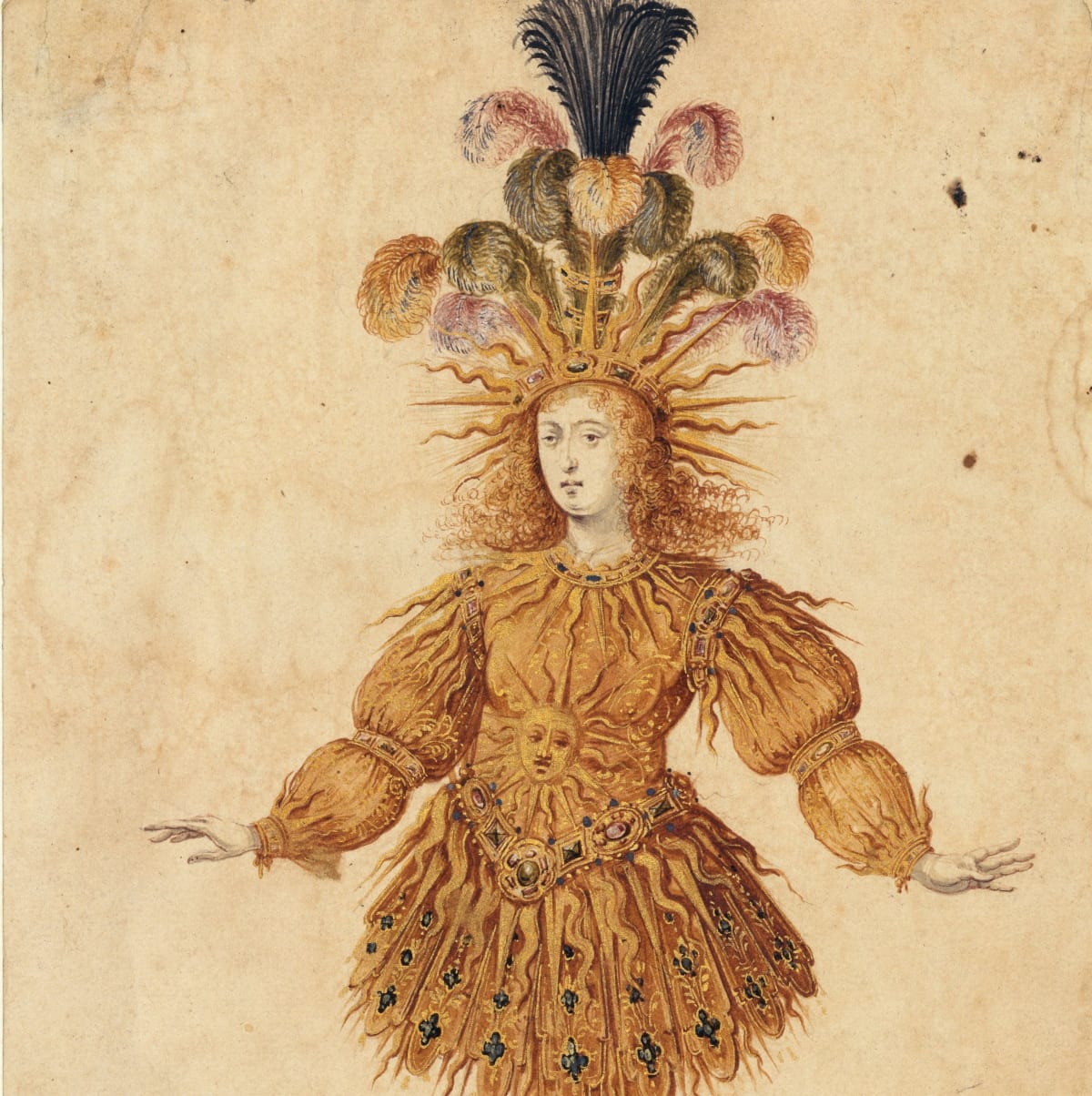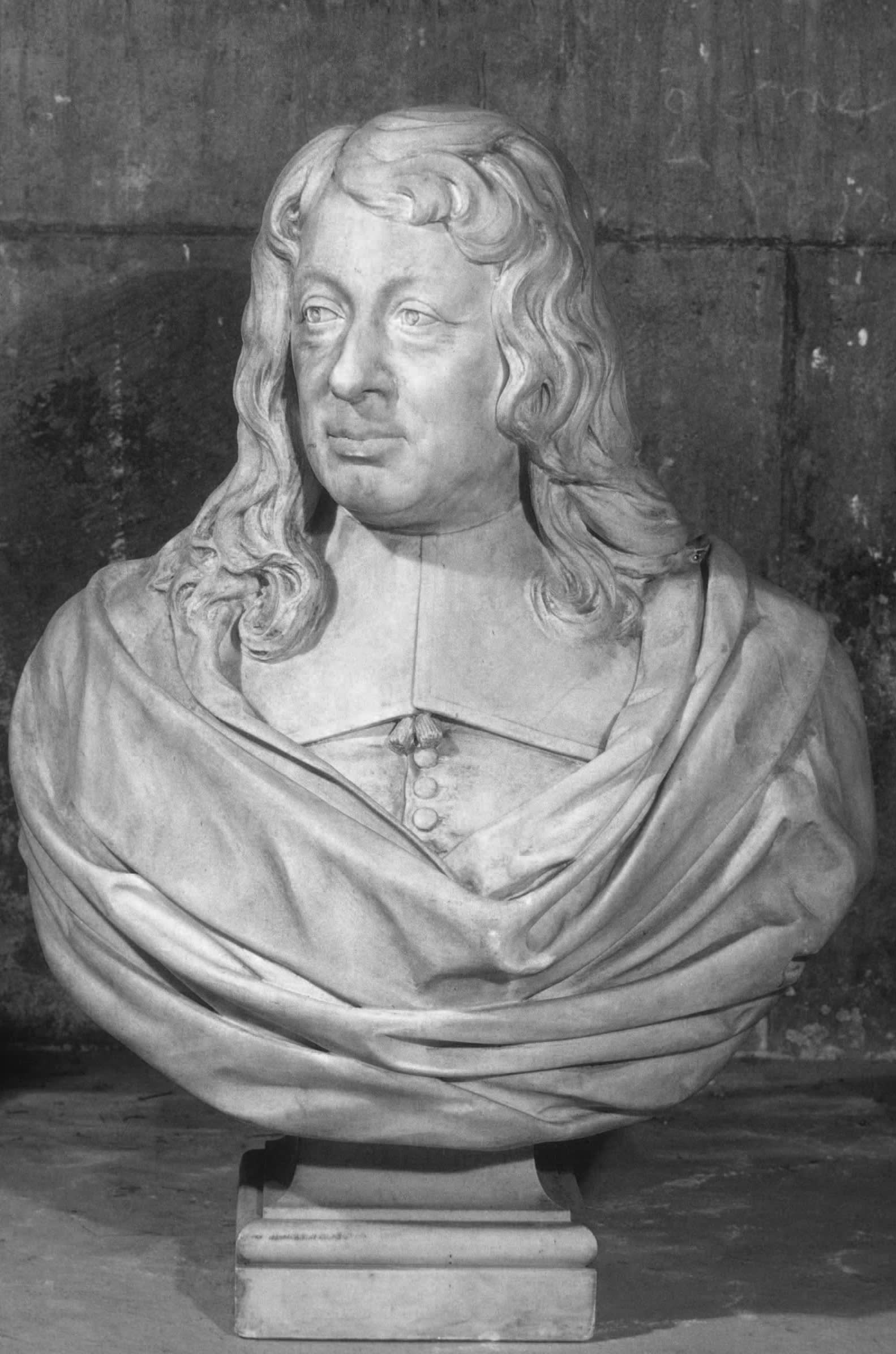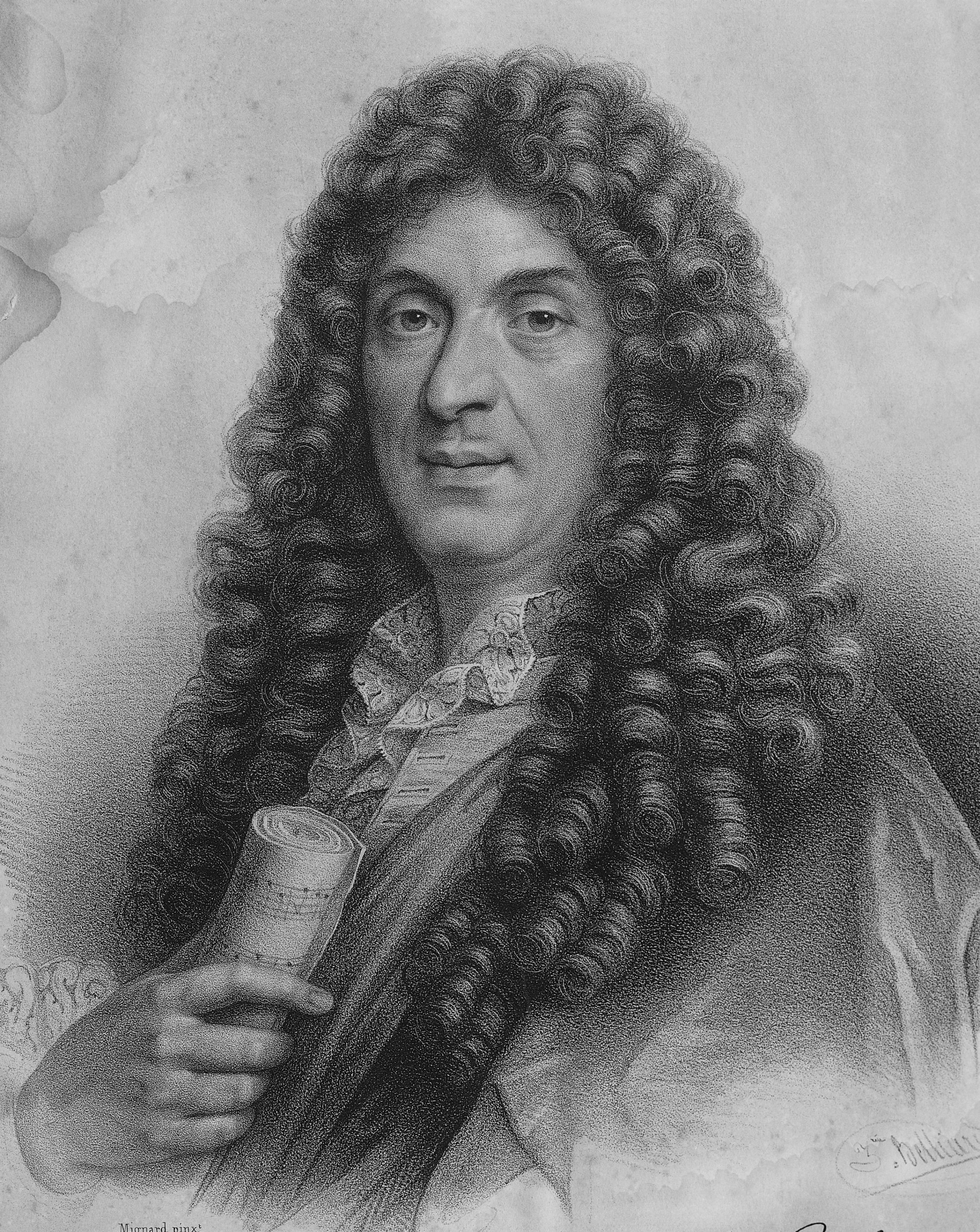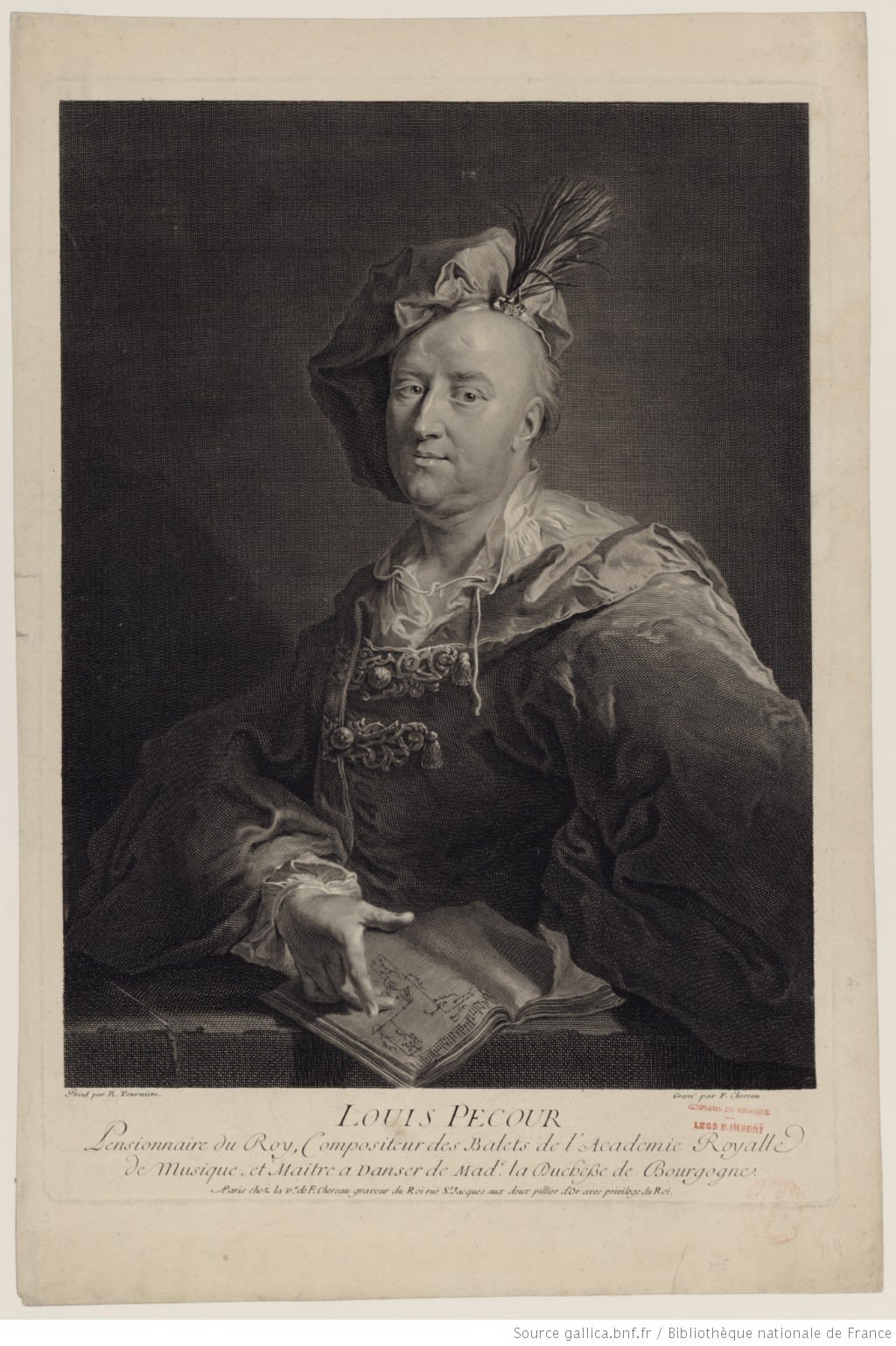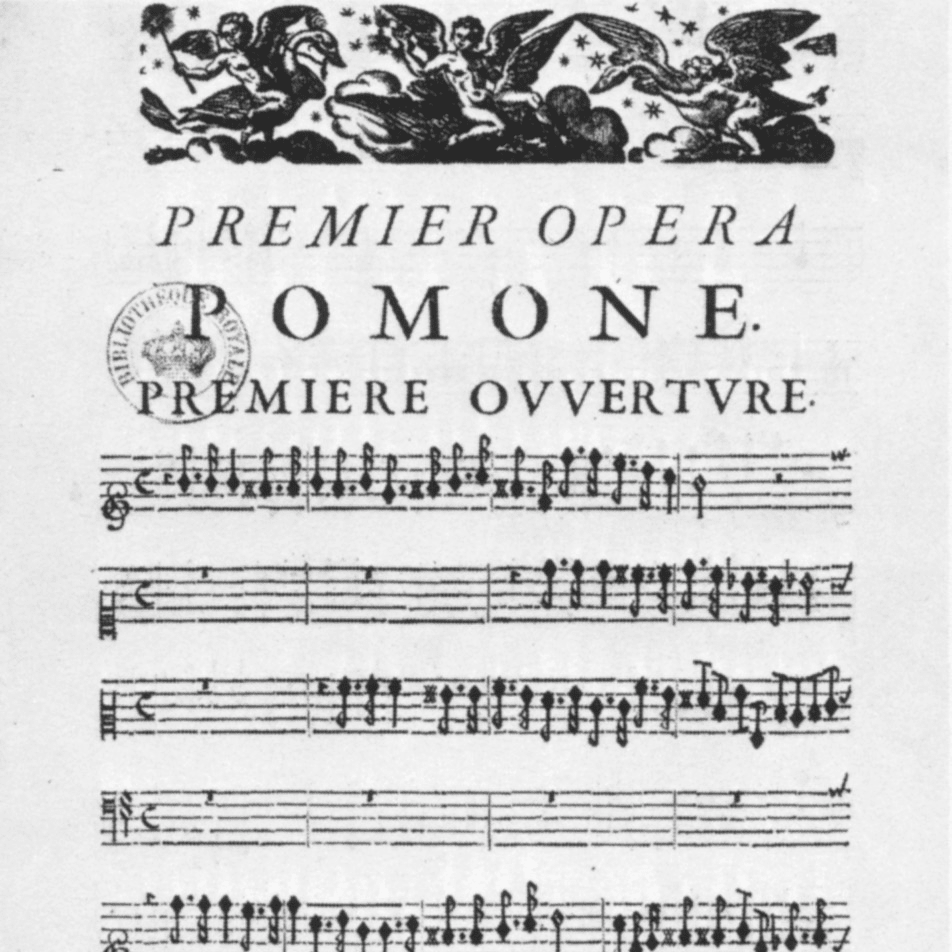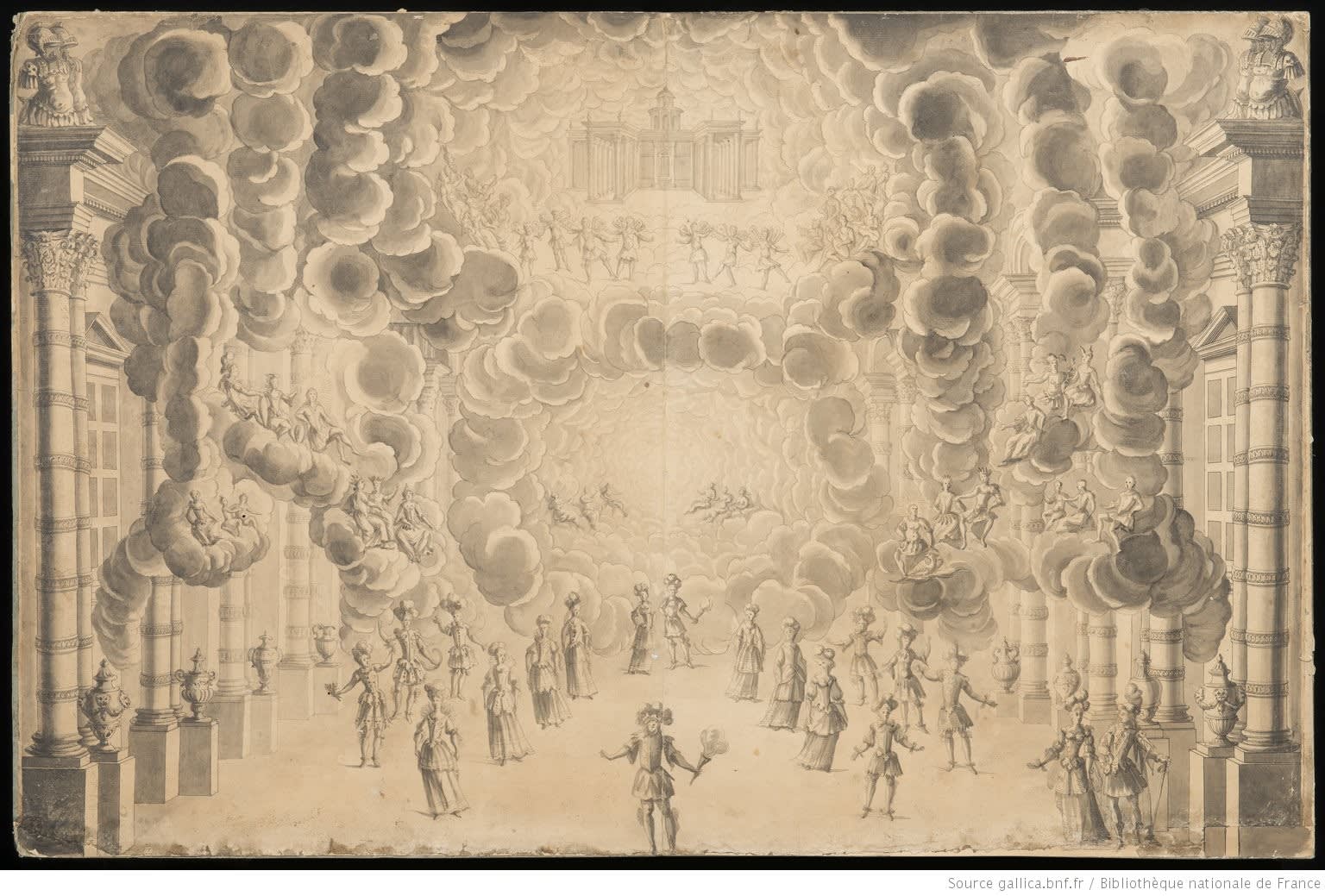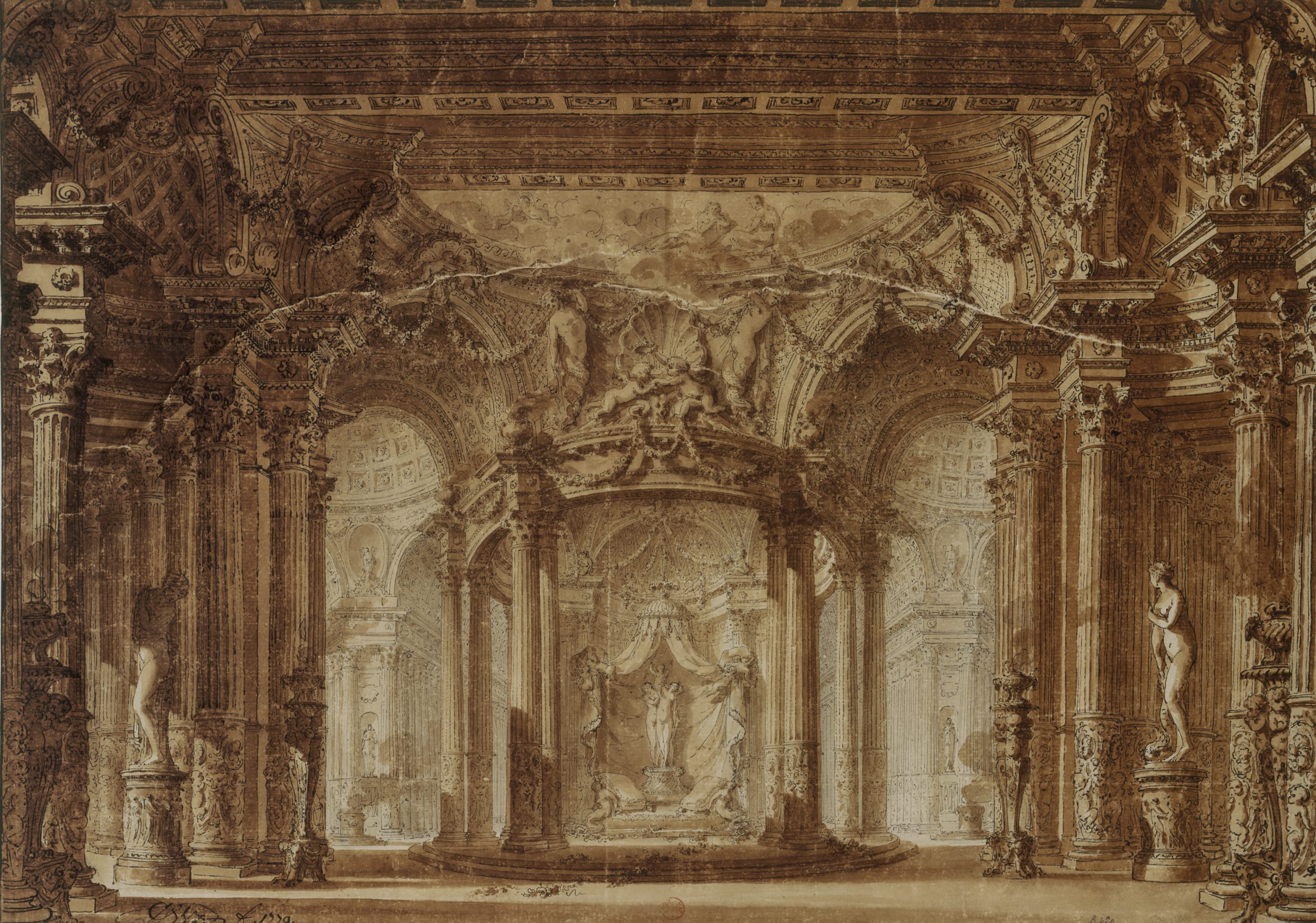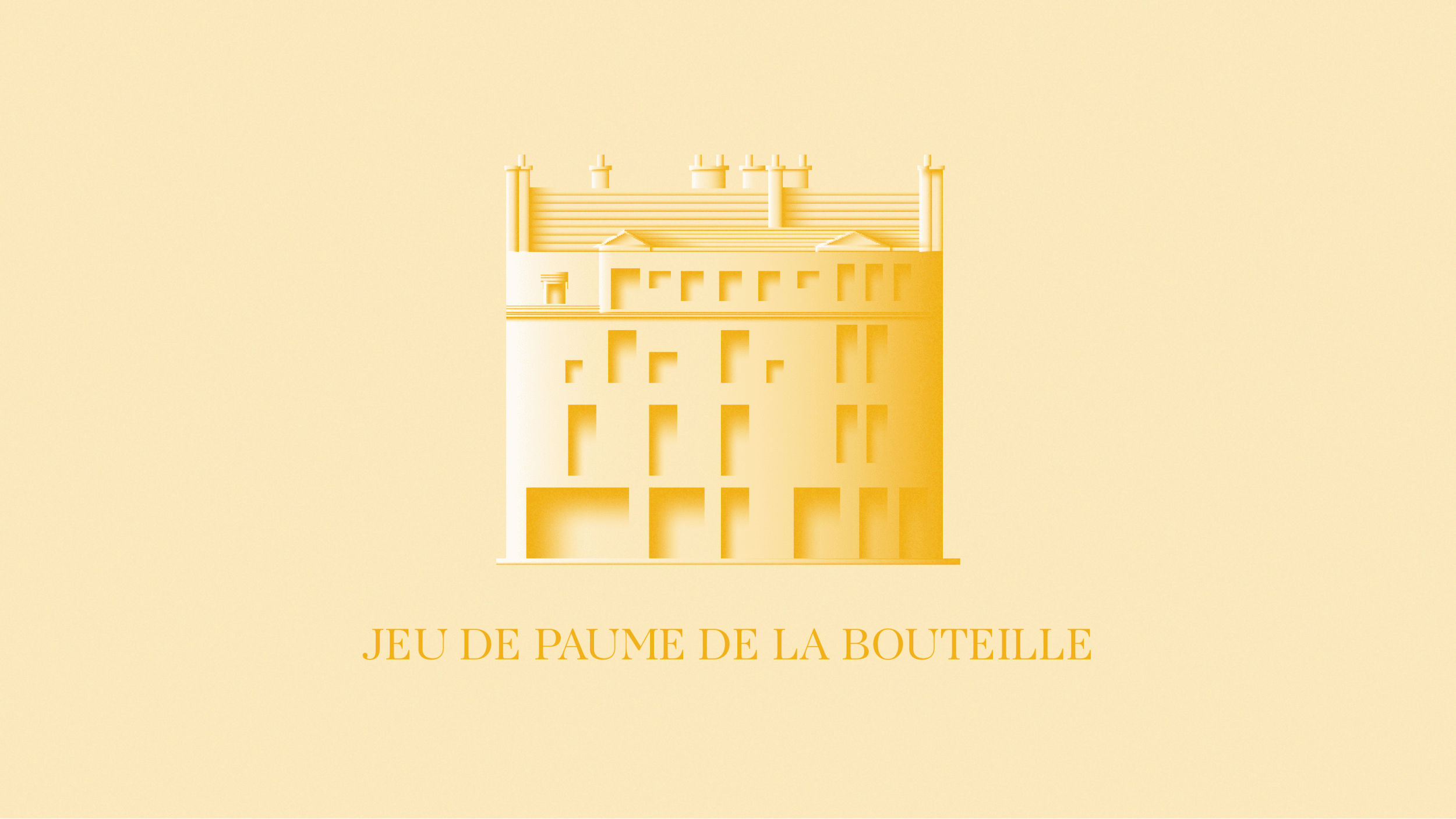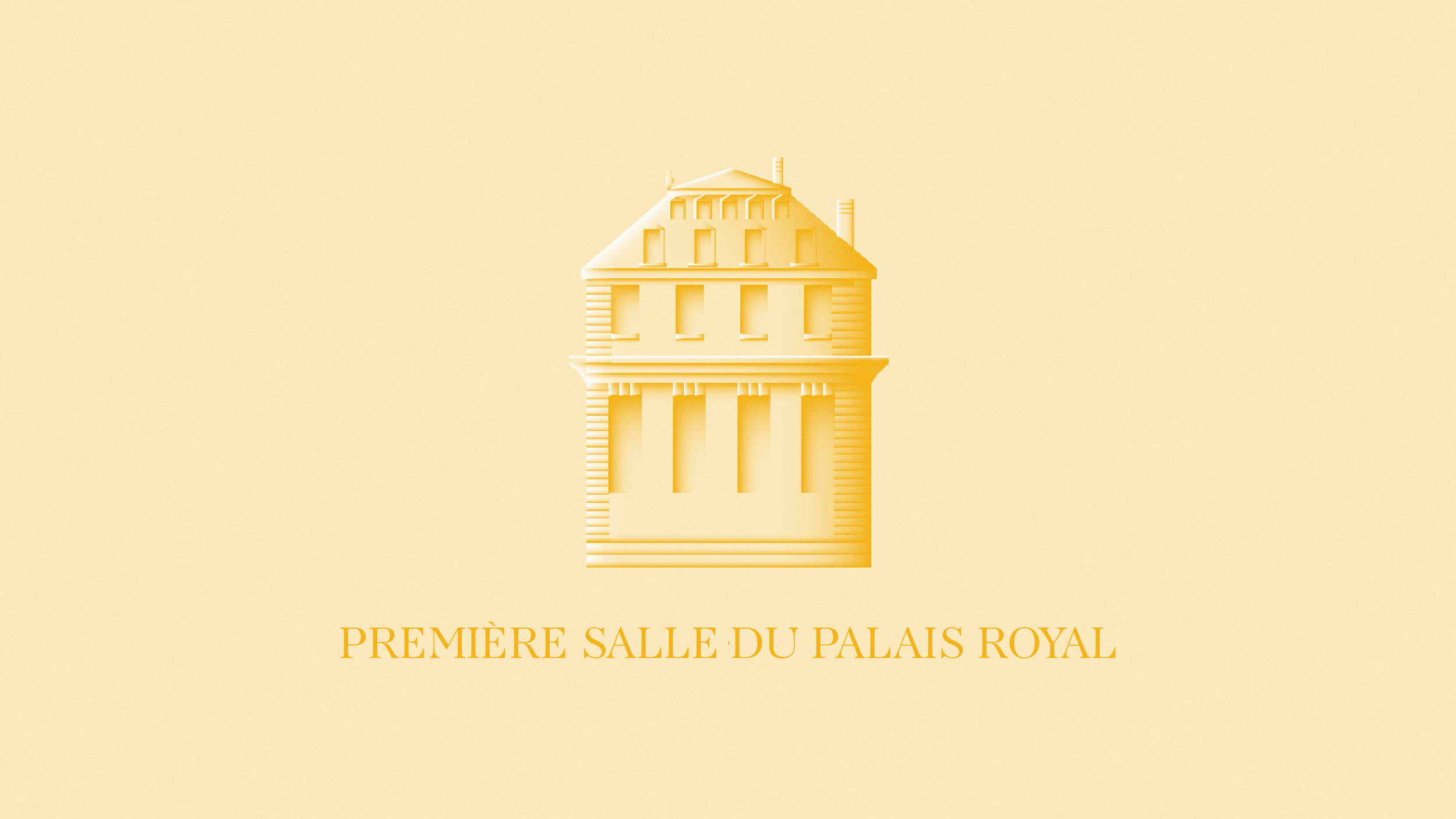Prices
Show / Event
Venue
Experience
No result. Clear filters or select a larger calendar range.
No show today.
The Paris Opera was born in the 17th century. The institution is deeply rooted in the Royal authority, with King Louis XIV, but also in a major artistic figure: Jean-Baptiste Lully, superintendent of royal music. The foundations of the current institution were laid at this time, but also those of the French-style operatic genre and the Royal Academy of Dance.
On 28 June 1669, poet Pierre Perrin was given by King Louis XIV the “royal privilege” to create an Opera Academy with the mission of programming operas or musical performances in French language.
This exclusivity, specially granted to counter the supremacy of Italian opera, but also to give the French public a taste in the theatre, dance and music arts, is regarded as the founding action of the Paris Opera.
Two years later, the first French opera was born: Pomone by Robert Cambert, to a libretto by Pierre Perrin. But it was in 1672, as an indebted and imprisoned Perrin was compelled to sell his privilege to Jean-Baptiste Lully, that the recently renamed Royal Academy of Music truly took off.
The main creations
CREATION OF A NEW DRAMATIC GENRE: THE LYRIC TRAGEDY
Jean-Baptiste Lully was, above all, a composer: in the 1660s, he created the comedy-ballet genre with French playwright Molière. He then invented for the Academy and with librettist Philippe Quinault a new artform: the lyric tragedie (tragédie en musique) with the milestone opera Cadmus and Hermione (1673).
Modelled on the Greek tragedy, this new genre combined theatre, singing, music and dance. Five acts, heroic characters, a prolog to the King's glory, recitative parts, sumptuous sets, danced scenes and a French libretto were the main ingredients intended as much to dazzle the spectators and to meet the French taste as to answer the Sun King's ambitions
Jean-Baptiste Lully was not only a musician and artistic director, but he was also a brilliant entrepreneur. Unlike his predecessors, he managed to make profit from his royal privilege. When he died, in 1687, he left behind masterpieces such as Atys or Armide, but also a strong and financially prosperous institution.
Dance
A ballet lover and a dancer himself, Louis XIV created the Royal Academy of Dance in 1661 by “Letters Patent” and appointed Pierre Beauchamp as director. Beauchamp codified dance and fixed the “five basic ballet positions”. In 1669, it became a part of the Royal Academy of Music, which can claim today to be the oldest professional dance company in Europe.
From 1671 to 1672, the Royal Opera Academy was settled in the Salle du Jeu de Paume in “la Bouteille”, a theatre located in Paris, street Mazarine. Then renamed the Royal Academy of Music, it was moved into the Bel-Air theatre and then, in 1763, into the first public theatre of the Palais-Royal, where it stayed almost a century.
Unusual
Originally from Italy, Jean-Baptiste Lully began working in France as a cook in the household of the Duke of Guise and then in the home of the latter’s niece Mademoiselle de Montpensier.
In those times, he was famous for his macaroni which he served with a fried egg: œufs Lully!
